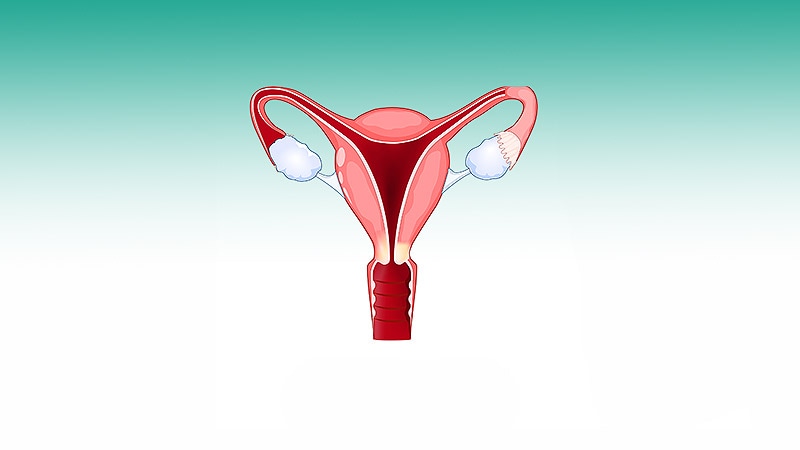Modeling Study Suggests British Columbia Could Eliminate Cervical Cancer by 2031 Through HPV Screening and Improved Vaccination Coverage
Core Concepts
Implementing HPV-based screening and improving vaccination coverage and screening participation rates could enable British Columbia to eliminate cervical cancer by 2031.
Abstract
The article discusses a modeling study that examined the potential for British Columbia (BC) to eliminate cervical cancer within the next 20 years. The key findings are:
With the current cytology-based screening approach and no changes to vaccination or screening participation rates, BC would not eliminate cervical cancer until 2045.
Transitioning to HPV-based screening at the current 70% participation rate would achieve elimination by 2034 and prevent 942 cases compared to cytology screening.
Increasing the proportion of patients ever screened or increasing vaccination coverage to 90% would result in elimination by 2033.
A combination of three strategies - improving recruitment, on-time screening, and follow-up compliance - could shorten the timeline to elimination by 2031.
Reaching historically underscreened, equity-seeking populations through mailed self-screening HPV tests is essential to achieve this goal.
The low incidence of cervical cancer in Canada is due to organized screening programs, but strained systems and lower participation rates are leading to more cases of invasive cervical cancer, especially in younger women.
Community outreach and self-screening options can help boost participation and follow-up, particularly for at-risk populations with access, interest, and education barriers.
Could British Columbia Eliminate Cervical Cancer by 2031?
Stats
Cervical cancer accounts for 1.3% of all new female cancers and 1.1% of all female cancer deaths in Canada.
With the status quo, British Columbia would not eliminate cervical cancer until 2045.
Implementing HPV-based screening at the current 70% participation rate would achieve elimination in 2034 and prevent 942 cases compared to cytology screening.
Increasing the proportion of patients ever screened or vaccination coverage to 90% would result in elimination by 2033.
A combination of improving recruitment, on-time screening, and follow-up compliance could shorten the timeline to elimination by 2031.
Quotes
"In BC, we have a school-based program to increase vaccine coverage in boys and girls starting in grade 6."
"Self-screening is another tool that can incrementally benefit those folks who wouldn't otherwise undergo screening or don't want an invasive test."
"There have been discussions about making the big transition from traditional cytology to implementing HPV self-screening."
Key Insights Distilled From
by Liz Scherer at www.medscape.com 06-12-2024
https://www.medscape.com/viewarticle/could-british-columbia-eliminate-cervical-cancer-2031-2024a1000ayn
Deeper Inquiries
What are the potential barriers to implementing HPV-based screening and improving vaccination coverage in British Columbia, and how can they be addressed?
In British Columbia, potential barriers to implementing HPV-based screening and improving vaccination coverage include issues related to access, interest, and education, particularly among equity-seeking populations such as Black, indigenous, immigrant, LGBTQ, and disabled patients. These populations may face challenges in accessing healthcare services, lack awareness about the importance of screening and vaccination, or have cultural barriers that prevent them from seeking preventive care.
To address these barriers, targeted outreach and education programs need to be developed to increase awareness about the benefits of HPV-based screening and vaccination. This could involve community outreach through centers, mobile coaches, and nursing stations to ensure that at-risk populations are reached. Additionally, providing resources in multiple languages, culturally sensitive approaches, and addressing systemic barriers to healthcare access can help improve participation rates in screening and vaccination programs.
How can the insights from this modeling study be applied to other regions or countries to accelerate the elimination of cervical cancer?
The insights from the modeling study conducted in British Columbia can be applied to other regions or countries to accelerate the elimination of cervical cancer by informing policy decisions and public health strategies. The key findings from the study, such as the impact of transitioning to HPV-based screening, increasing vaccination coverage, and improving screening participation rates, can serve as a blueprint for other regions looking to achieve similar goals.
By adapting the modeling scenarios and strategies outlined in the study to fit the specific context of different regions or countries, policymakers and healthcare providers can tailor their approaches to maximize the effectiveness of cervical cancer prevention programs. This may involve increasing investment in vaccination programs, implementing HPV-based screening protocols, and targeting underserved populations to ensure equitable access to screening and vaccination services.
What other innovative approaches or technologies could be explored to further enhance cervical cancer prevention and early detection, especially for underserved populations?
In addition to HPV-based screening and vaccination programs, there are several innovative approaches and technologies that could be explored to further enhance cervical cancer prevention and early detection, particularly for underserved populations. One such approach is the use of telemedicine and digital health tools to increase access to screening services, allowing individuals to self-screen for HPV from the comfort of their homes.
Furthermore, the integration of artificial intelligence (AI) and machine learning algorithms into screening processes could help improve the accuracy and efficiency of cervical cancer detection. These technologies can assist healthcare providers in analyzing screening results, identifying high-risk cases, and providing personalized recommendations for follow-up care.
Moreover, community-based initiatives, such as mobile screening clinics and outreach programs, can help bring screening services directly to underserved populations, reducing barriers to access and increasing participation rates. By leveraging a combination of innovative approaches and technologies, healthcare systems can enhance cervical cancer prevention and early detection efforts, ultimately reducing the burden of the disease on vulnerable populations.
0
